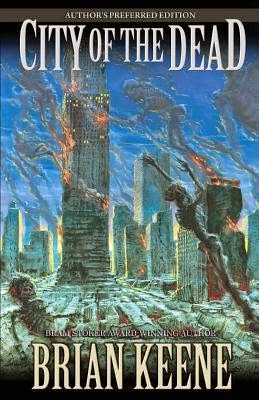Creating Jazz Counterpoint: New Orleans, Barbershop Harmony, and the Blues
You would think the origins of jazz is a cut and dry case. After all it was just 100 years ago. Things were pretty modern relatively speaking. But the generation of Justin Beiber may be surprised to know that the recording era was barely in its infancy at the turn of the 19th and 20th century. The knowledge of the precise evolution of a music based more on improvisation than composition is rather difficult without the luxury of a recording device. Oral histories only goes so far and, as this book attests to, can be very unreliable. Much of the musical influences were regional, with urban and rural styles having melded together as musicians and listener spread the music. New Orleans is often called the birthplace of jazz. However, the modern music was probably being incubated in many areas. New Orleans' reputation in strengthened in usually infamous ways due to the advent of the vice and prostitution district of Storyville where many visitors, not least military personnel and sailors, would hear the music and spread the word. Add onto that the many musician who came there and added their own notes, so to speak.
Who originated jazz, if anyone can be called the one of two individual that invented it: the idea in itself being probably faulty,, will always be a source of interest to scholars. Creating Jazz Counterpoint: New Orleans, Barbershop, and the Blues by Vic Hobson appears to be a doctorate study on this topic and also pushed the notion that the black barbershop quartets were a decisive influence in the creation of jazz counterpoint and harmonies. Going trom scholarly study to book, even a textbook, can be fraught with problems. Not the least, is readability. Creating Jazz Counterpoint can be very dry even when your focus are on very colorful personalities like Bunk Johnson and Buddy Bolden. Buddy Bolden was a trumpeter often credited with being the first jazz player yet he made no recordings while trumpeter Bunk's recordings were made in the 30s way after his heydays. Add to that, Bunk's remembrances were notoriously contradictory. Hobson relies on documents which included interviews with Johnson and others plus city and historical records,then tries to decipher the 1890s and 1900s musical environment as well as he can. Ehich is quite impressive. Yet he doesn't really add that much we didn't already know. Some parts, like pages on the actual birth date for Bunk Johnson seems trivial to the utmost. As for Buddy Bolden, the best book on this enigmatic musician is still In Search Of Buddy Bolden: First Man Of Jazz by Donald M. Marquis. It is also one of the best books on New Orleans of the turn of the century.
Yet Hobson does open a little new ground here. He examines the influence of barbershop quartets on the beginning of jazz. This is a new idea to me. The barbershop quartets I am familiar with sound as far from jazz as possible. Yet Marquis makes a good case. Bolden and Johnson appears to have participated in these quartets and the black quartets were more apt to borrow from other sources including the ragtime and the blues. It's a interesting idea. I just wish his writing style made it a more intriguing hypothesis. But in the end, whatever influenced barbershop quartets had, it still must be said that jazz had many musical parents including ragtime, gospel, the marching bands like James Europe's, and the blues. As intriguing an idea, barbershop quartet music sounds more like a distant cousin.

 1
1




















